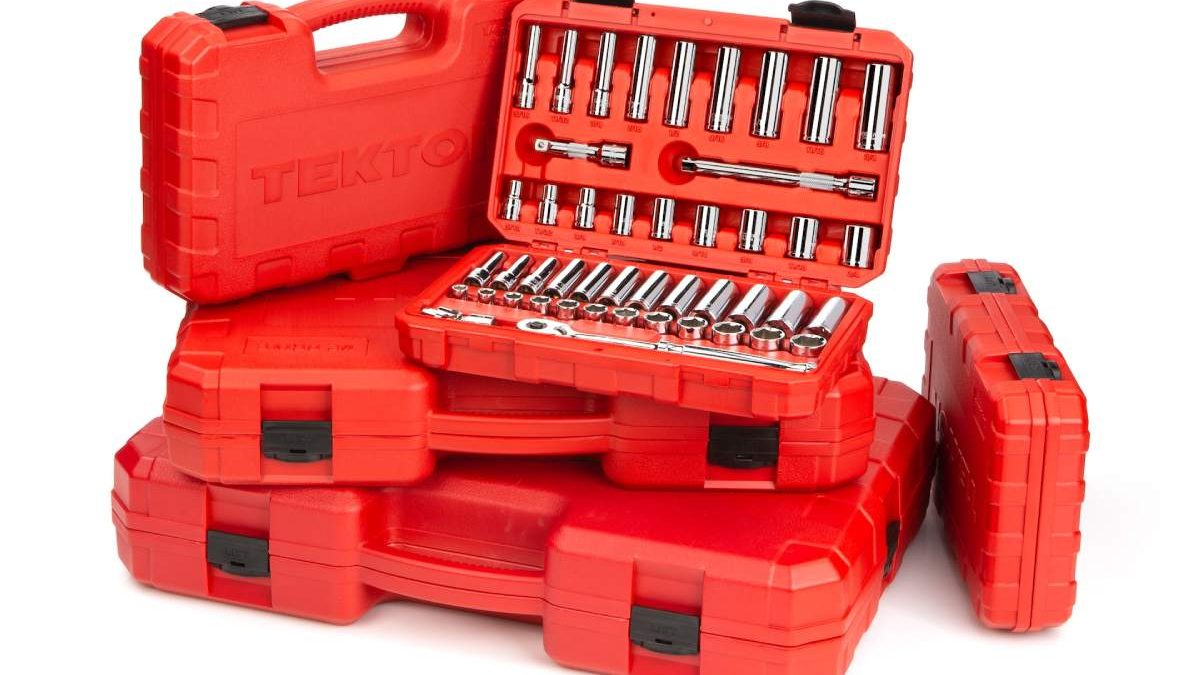Purchasing a high-quality socket set is essential if you want to improve the standard of your work and achieve the best possible results on professional tasks.
Before you choose a socket set, it’s important that you understand what makes a good socket. Knowing the parts of a socket and how they work can help to ensure that you always choose the right tool for the project you’re working on.
Want to learnmore about the parts of your socket set before you make a purchase? Here’s what you need to know!
Table of Contents
Socket drive
A socket drive is a square-shaped recess at the top of each socket in your set. This is used to attach the socket to another tool—a wrench or ratchet—used to turn or manipulate fasteners.
Not all sockets are equal, and there are various different socket drive sizes to choose from. Listed using an imperial metric system in order to align with international standards, these sizes measure the distance between the flat sides of the square recess in the socket.
When choosing which socket to use for a project, it’s important to select a socket drive size that matches your wrench or ratchet. This helps to ensure that you can execute work smoothly without risking injury or damage to parts.
Drive socket side hole
A drive socket side hole is a small hole on the side of a socket. This is used to lock tools in place, preventing them from falling loose or losing grip while you work on fasteners.
The drive socket side hole connects with a small spring-loaded ball bearing in the square drive of your turning tool. This provides a sturdy grip that allows you to apply force when needed to manipulate a fastener.
Some sockets in your set may not have a drive socket side hole. Instead, these sockets will feature a groove inside the socket drive, serving the same locking and stabilising purpose as a drive socket side hole would if present.
Socket head
A socket head is located at the opposite end to the drive socket. This is used to fit in or over a fastener, making it possible to apply force and turn the fastener.
Socket heads are available in a range of sizes designed to accommodate different types of fasteners. Choosing the right option ensures that you can manipulate the fastener easily without risk of slipping or damaging either the fastener or other construction materials.
Points and walls
Inside the socket head, internal walls meet to create either 6 or 12 points, depending on the design and intended use of your socket.
The quantity and spacing of points and walls in the socket will influence which fasteners the socket can fit. Generally speaking, 12-point sockets are suitable for a wider range of fasteners, but 6-point sockets also have diverse applications. By choosing the right socket, you can achieve excellent-quality project results.
Do you need a new socket set? Visit the RS Online store, and discover the range today.


Review What Are the Parts of a Socket Set?.